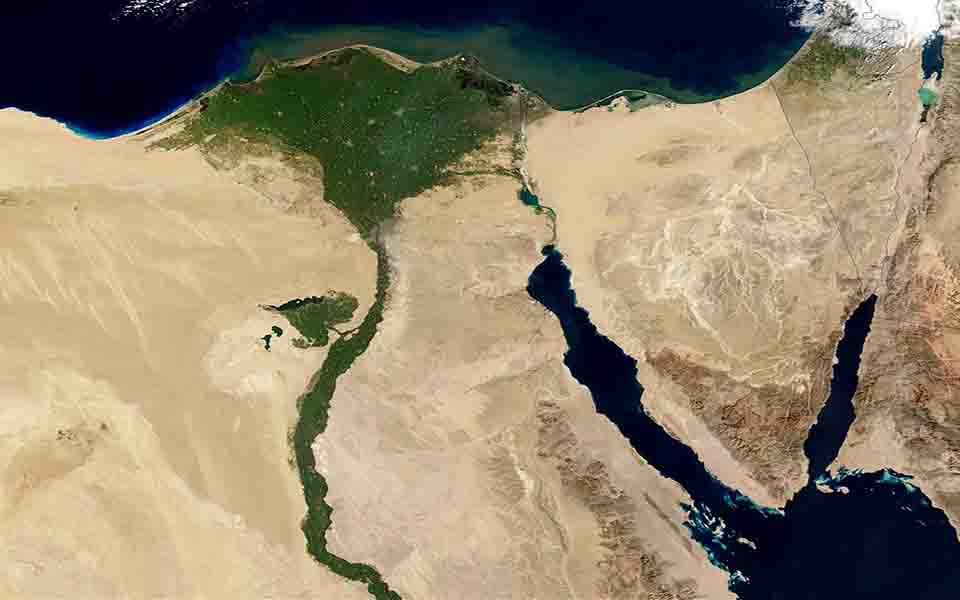Silicone Oil in Egypt- Egypt's Industrial Development & Silicone Oil
Release Time: 2023-08-01 09:37:20
Silicone Oil in Egypt- Egypt's Industrial Development & Silicone Oil

Cited from: https://pixabay.com/photos/map-land-egypt-geography-11043/
Cover Photo Cited from: https://pixabay.com/photos/desert-man-arabic-dress-egypt-4791919/
Egypt spans Asia and Africa, facing Europe across the Mediterranean Sea. Most of Egypt is located in the northeast of Africa, and only the Sinai Peninsula to the east of Suez Canal is located in the southwest of Asia. The land area is 1.00145 million square kilometers, ranking 30th in the world, with 94% of the land being desert. To the east is the Red Sea and borders Palestine and Israel, to the west is Libya, to the south is Sudan, and to the north is the Mediterranean Sea. The coastline is approximately 2900 kilometers long. The Nile River runs through the north and south, with a total length of 6700 kilometers and a length of 1530 kilometers within Egypt. According to natural geography, Egypt can be divided into four parts: the Nile Valley and the Delta region have a flat surface, with Upper Egypt to the south of Cairo and Lower Egypt to the north, covering an area of approximately 33000 square kilometers; The Libyan Desert in the west is the northeast part of the Sahara, a plateau sloping from south to north, with an area of about 671000 square kilometers; The Arabian Desert in the east, the Nile River valley in the west, and the Red Sea coast in the east are rich in gold, coal, oil and gas resources, covering an area of about 225000 square kilometers; The Sinai Peninsula covers an area of about 60000 square kilometers, most of which are deserts. In the southern mountains, there is the highest peak of Egypt, Mount St. Katrin, 2629 meters above sea level. There are many sand dunes along the Mediterranean coast.
List of historical capitals of Egypt, the capital of Egypt, belongs to the East 2 time zone, 6 hours later than Beijing Time.
97% of Egypt's water sources come from the Nile River. Egypt and Sudan signed water resource allocation agreements for the Nile River in 1929 and 1959, respectively, stipulating that of the approximately 84 billion cubic meters of water in the Nile River each year, Egypt uses 55.5 billion cubic meters, Sudan uses 18.5 billion cubic meters, and the remaining 10 billion cubic meters are accounted for as evaporation loss. Egypt's per capita water consumption is less than 600 cubic meters, which is lower than the per capita water consumption standard set by the United Nations (1000 cubic meters), and it is classified as a "water deficient country". In order to make up for the shortage of water supply, Egypt has increased the reuse of Farm water (up to 13 billion cubic meters), and increased the use of groundwater in the Nile valley and delta (up to 6.5 billion cubic meters). Irrigation water accounts for 90% of Egypt's water consumption.
According to BP's World energy resources Statistics 2021, by the end of 2020, Egypt’s proven reserves of oil and natural gas rank sixth and third respectively in African countries. Among them, the proven Oil reserves are 3.1 billion barrels (400 million tons), and the proven natural gas reserves are 2.1 trillion cubic meters, accounting for 0.2% and 1.1% of the global total. The reserve production ratio is 14.0% and 36.6% respectively. According to relevant media reports, Egypt has successively discovered several gas fields with large reserves in the Mediterranean Sea in recent years, such as the Proven reserves of Zohr gas field up to 850 billion cubic meters, as well as Noor, Atoll and other gas fields with considerable reserves. In addition, it has been proven that the amount of phosphate is about 7 billion tons, iron ore is 60 million tons, and there are also resources such as manganese, coal, gold, zinc, chromium, silver, molybdenum, copper, and talc.
Egypt is dry and rainless. The Nile Delta and the northern coastal areas have a subtropical Mediterranean climate, and most of the rest of the region has a tropical Desert climate climate. The annual rainfall in Cairo is about 18 millimeters, with an average temperature of 34.2 ℃ and 20.8 ℃ in summer and 19.9 ℃ and 9.7 ℃ in winter. The average annual rainfall in the Mediterranean coastal city of Alexandria is about 200 millimeters. The average temperature in the southern region is 42 ℃ in summer, with a minimum of 20.8 ℃. The average temperature in winter is 25.8 ℃, with a minimum of 9.6 ℃. There is a large temperature difference between morning and evening.
